12 Packing Tips For Checked Luggage
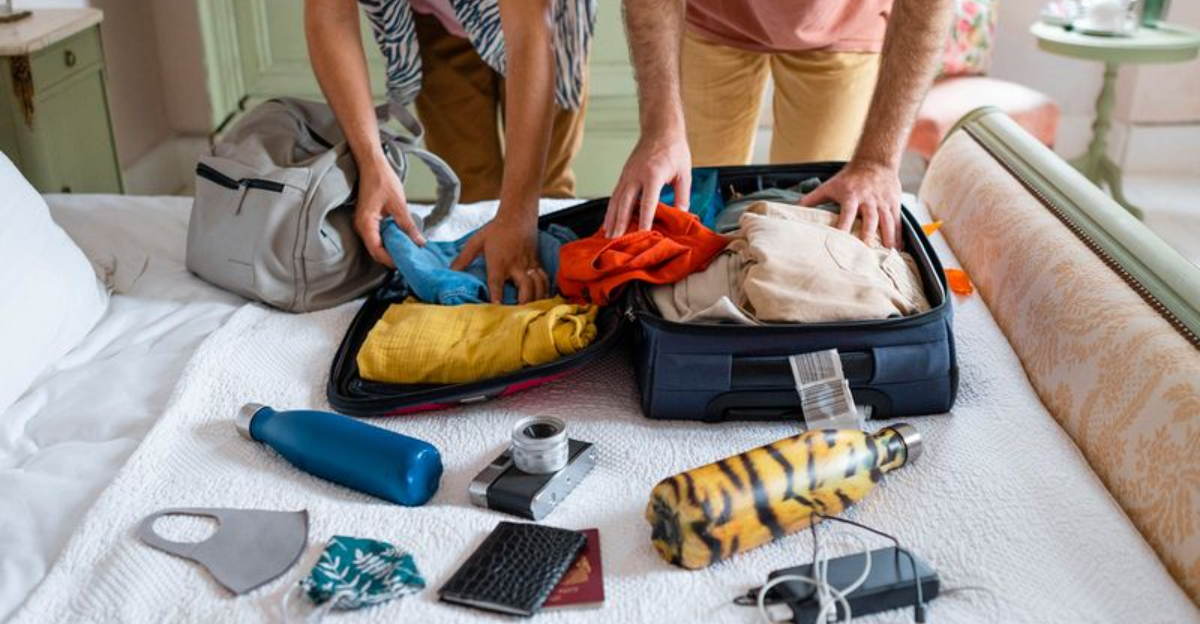
Packing for a trip can be exciting, but checked luggage comes with its own set of challenges. One wrong move and you’re stuck with overweight fees, wrinkled clothes, or worse—broken items. The good news? A few smart strategies can make all the difference.
With the right approach, you’ll save space, stay organized, and avoid those common travel mishaps that turn smooth plans into stressful situations. Here’s how to pack with purpose and give yourself one less thing to worry about.
1. Choose The Right Suitcase
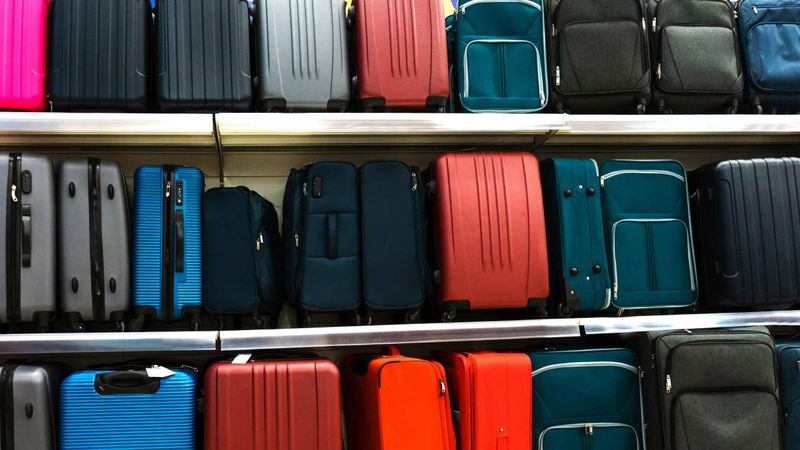
Finding a suitcase that balances durability with weight is crucial for hassle-free travel. Your luggage should have sturdy wheels, reinforced corners, and meet your airline’s size requirements.
Hard-shell suitcases offer better protection for fragile items, while soft-sided options provide flexibility for squeezing in extra souvenirs. Consider expandable models if you tend to return with more than you packed.
2. Use Packing Cubes For Organization
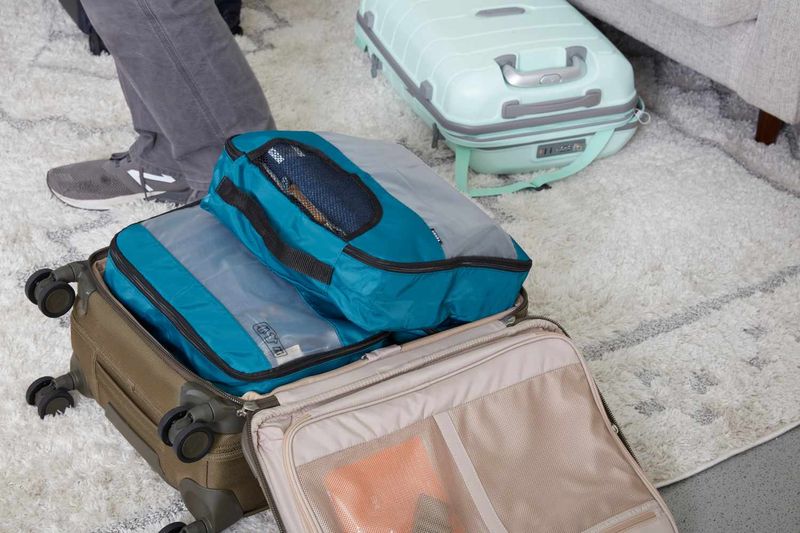
Imagine opening your suitcase and finding everything exactly where you placed it! That’s the magic of packing cubes. These lightweight fabric containers keep clothing categories separated and compressed.
Packing cubes prevent the explosion of clothes that typically happens when you unzip your luggage. Color-code them for different family members or outfit types to make locating items even simpler during your trip.
3. Weigh Your Luggage Before Leaving Home
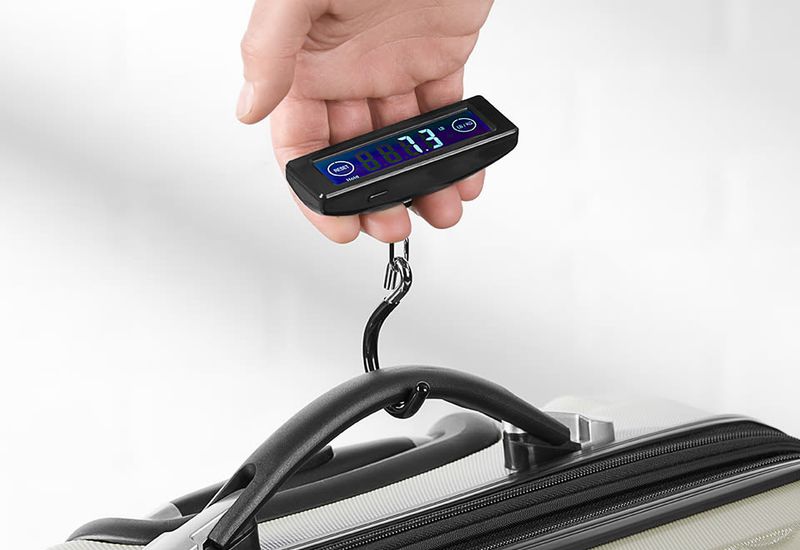
Avoid the airport scramble of repacking overweight bags by checking the numbers before you leave. Those excess weight fees can cost more than some souvenirs are worth!
Portable luggage scales are inexpensive and compact enough to bring along for return trips. Many airlines have strict weight limits ranging from 50-70 pounds, with hefty charges for exceeding them by even a pound.
4. Roll Clothes To Save Space

Military personnel have long known this space-saving secret that civilian travelers are just discovering. Tightly rolled garments take up significantly less room than folded ones.
Rolling creates fewer creases than folding and lets you see all options at a glance. Start with heavier items like jeans and sweaters, then roll softer fabrics like t-shirts and underwear for maximum compression without wrinkles.
5. Place Heavy Items At The Bottom

Strategic weight distribution makes a world of difference when navigating busy terminals. Positioning heavier objects near the wheels creates balance and prevents tipping.
Your suitcase handles much like a car—weight should be low and centered for stability. Books, shoes, and toiletry bags belong at the wheel-end, while delicate items and clothes should rest on top where they’ll face less crushing pressure.
6. Use Shoe Bags Or Shower Caps

Those complimentary shower caps from hotels aren’t just for your hair! They stretch perfectly over shoe soles to create instant shoe covers.
Shoes harbor dirt, germs, and odors that can transfer to your clean clothes. Dedicated shoe bags offer more protection, but shower caps work in a pinch. For maximum space efficiency, stuff socks and small items inside shoes before packing.
7. Protect Breakables In The Center Of The Bag
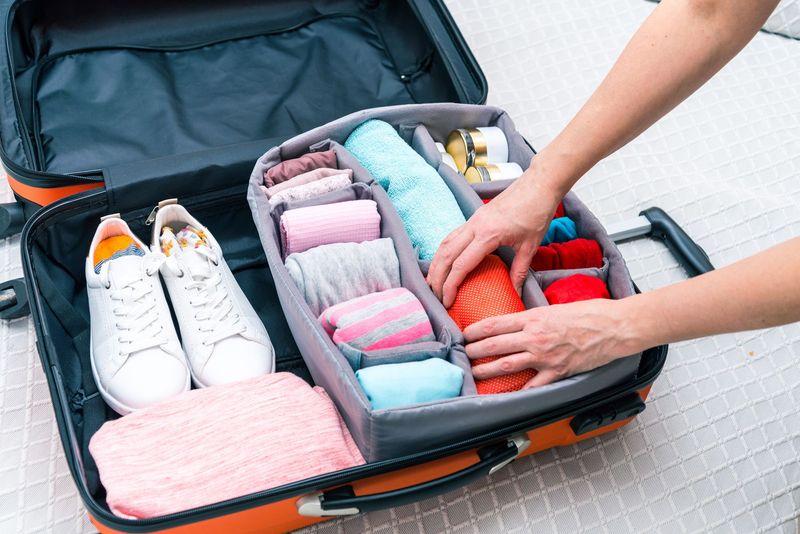
Baggage handlers aren’t known for gentle treatment, making proper protection essential. The safest zone in your suitcase is dead center, cushioned on all sides.
Wrap fragile items individually in soft clothing like sweaters or scarves. Never place breakables near the edges or corners where impact happens first. For extra protection, use bubble wrap or inflatable wine bottle sleeves for especially valuable items.
8. Avoid Packing Prohibited Items
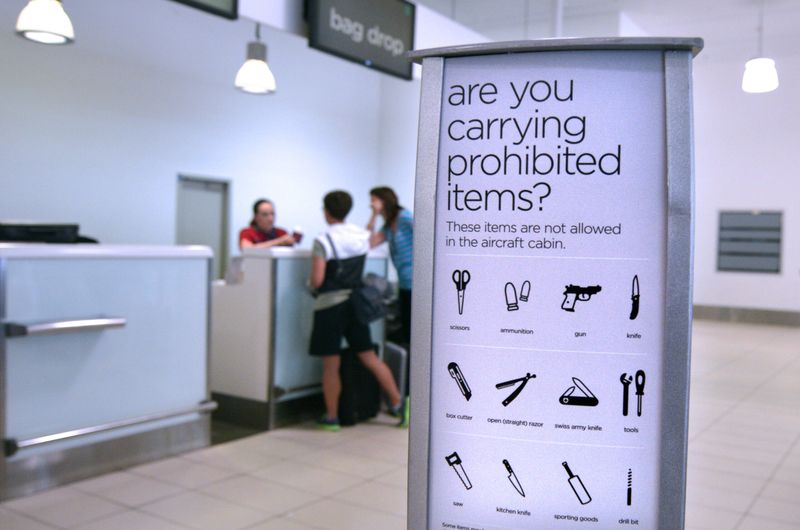
Certain items can trigger security alarms and delay your journey unnecessarily. Airlines prohibit flammables, certain batteries, and pressurized containers in checked luggage.
E-cigarettes and power banks must travel in carry-ons, not checked bags. Surprising restrictions exist for items like certain cheeses, musical instruments with ivory parts, and some medications. Always check your specific airline’s website before packing unusual items.
9. Pack A Change Of Clothes In Your Carry-On

Murphy’s Law seems especially true for luggage – if something can go wrong, it will. Smart travelers always prepare for the possibility of delayed or lost bags.
A complete outfit, including underwear and socks, should travel with you. Medications, electronics, valuables, and important documents belong in your carry-on too. This simple precaution turns a potential vacation disaster into a minor inconvenience.
10. Use Ziploc Bags For Liquids
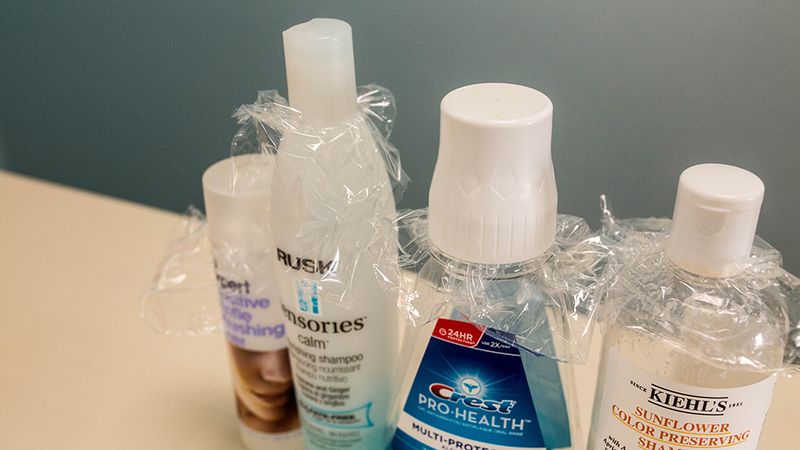
Nothing ruins a vacation faster than opening your suitcase to find shampoo has exploded over everything. Pressure changes during flights can force liquids past seemingly secure caps.
Double-bag your toiletries for extra protection. Remove the cap, cover the opening with plastic wrap, then replace the cap before packing. This creates an additional seal that prevents most spills even when bottles get squeezed during handling.
11. Add An ID Tag And Contact Info Inside
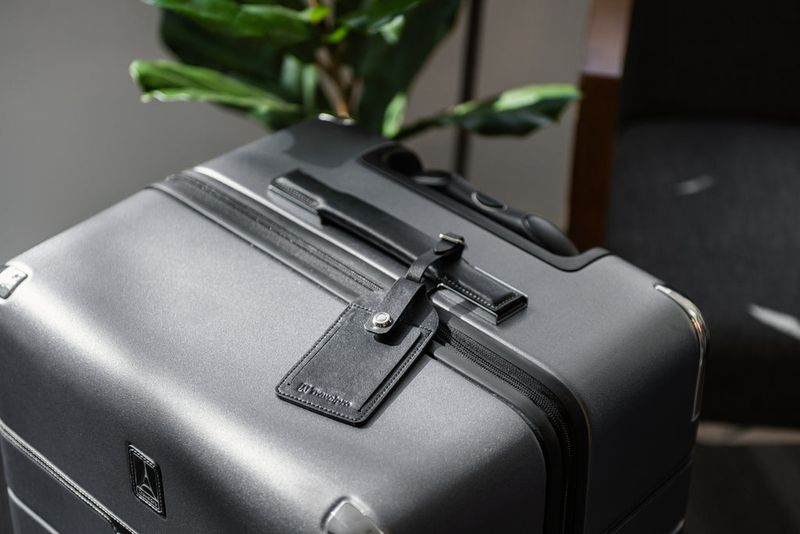
External luggage tags can tear off during the rough journey through airport conveyor systems. Smart travelers create backup identification inside their bags.
Place a simple note with your name, destination, and phone number in a visible spot inside your suitcase. Some frequent flyers include their itinerary details. External tags should display minimal information for privacy – just your name and phone number.
12. Lock Or Secure Your Luggage Properly
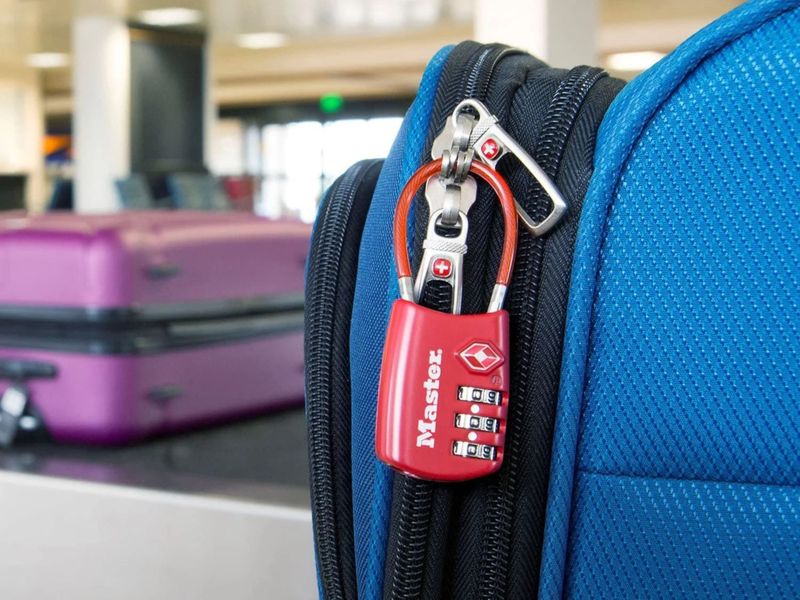
Regular locks might seem secure but often lead to damaged zippers if TSA needs to inspect your bag. Look for the red diamond logo that indicates TSA-approved locks.
These special locks allow security personnel to open and relock your bag without breaking anything. For budget travelers, zip ties work as tamper-evident seals – just pack extras for reclosing after inspection. Some travelers use bright colored straps for both security and easy identification.
